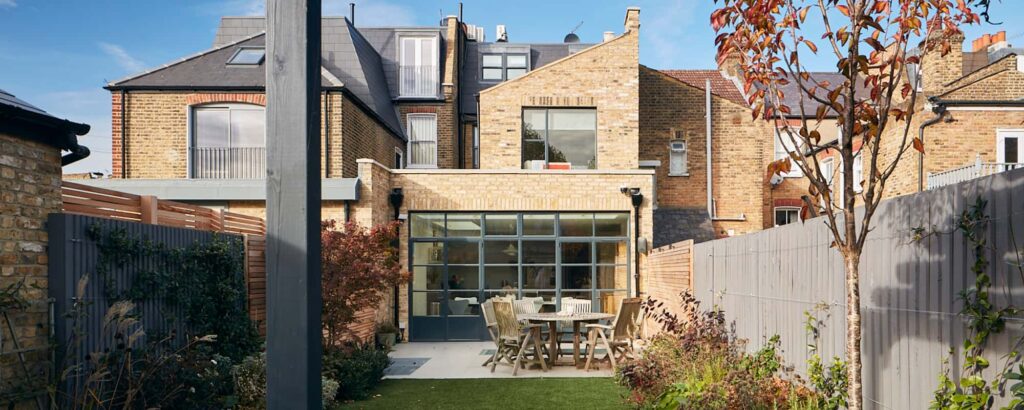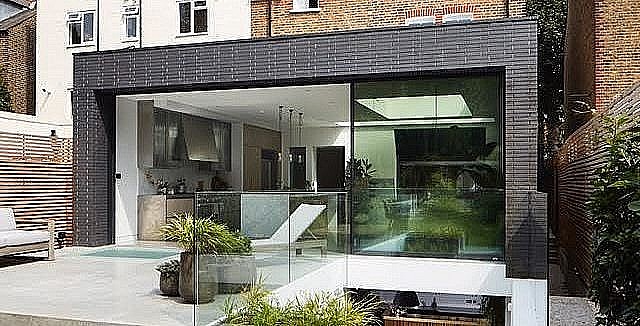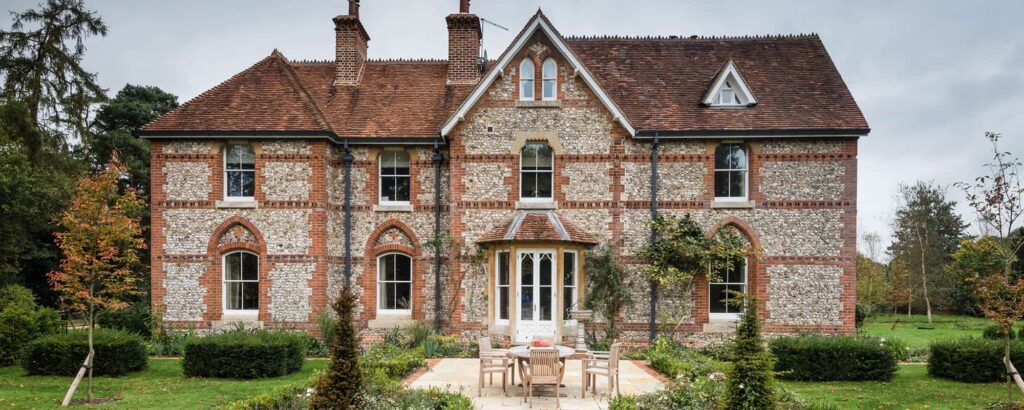Property Renovation Services – Start with the foundation…

We pride ourself in the high quality of property renovation services we offer. If you are about to start a property renovation project, whether its an extension or basement conversion, make sure your architect is on point with regards to the type and depth of foundation needed. Starting a property renovation project is daunting to […]
Property renovation almost complete? Now what?

Coming to the end of a home renovation is a time of mixed emotions – excitement, frustration, worry and, most of all, impatience to settle back in and have your home to yourself. However eager you are to get back to normal, though, the process will be smoother if you hold off a little. Follow […]
Property Renovation – How to get the perfect glass box extension?

We enjoyed this article by Sarah Warwick in “Real Homes,” on glass box extensions as a part of your property renovation project. We’d like to share it with you.HOW MUCH WILL A GLASS EXTENSION COST?‘While a conservatory can be a relatively inexpensive alternative to a more solid extension, a glass extension will almost certainly be more costly.‘You will probably want […]
Renovation Properties – How to find a property in need of renovation?

When you are looking for a home or property to buy, in our view, there are three ‘types’ of properties you could go for; The “Diamond”– This is a home that is ready for you to move into with no renovation work needed. It’s what you wanted, but as everything is new and fresh, you […]
SDA Build featured in the June issue of i-build magazine

We were delighted to be featured in the June 2018 issue of i-build magazine. A new owner and a new vision for a Victorian property in the heart of London. We are grateful to Melinda and Chris Swann for giving us this opportunity.i-build is one of the UK’s leading building publications featuring exciting building projects, tips […]
Property Renovation – Flat Roof vs Pitched Roof

If you are considering building an extension, one of the decisions you will need to make is whether to opt for a flat roof or a pitched roof. Both have their merits and will depend on several factors including your budget, the desired look of your home and the height of your extension. At SDA […]